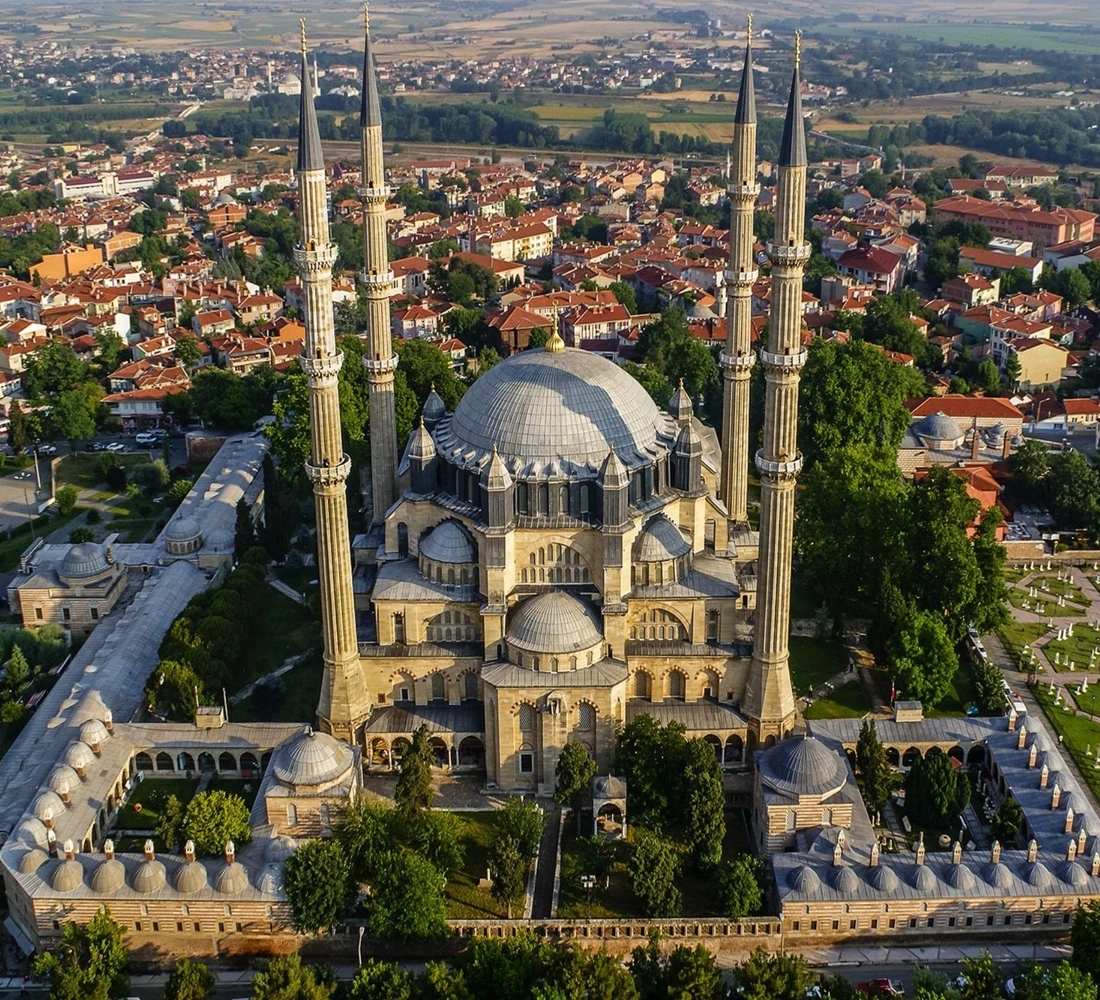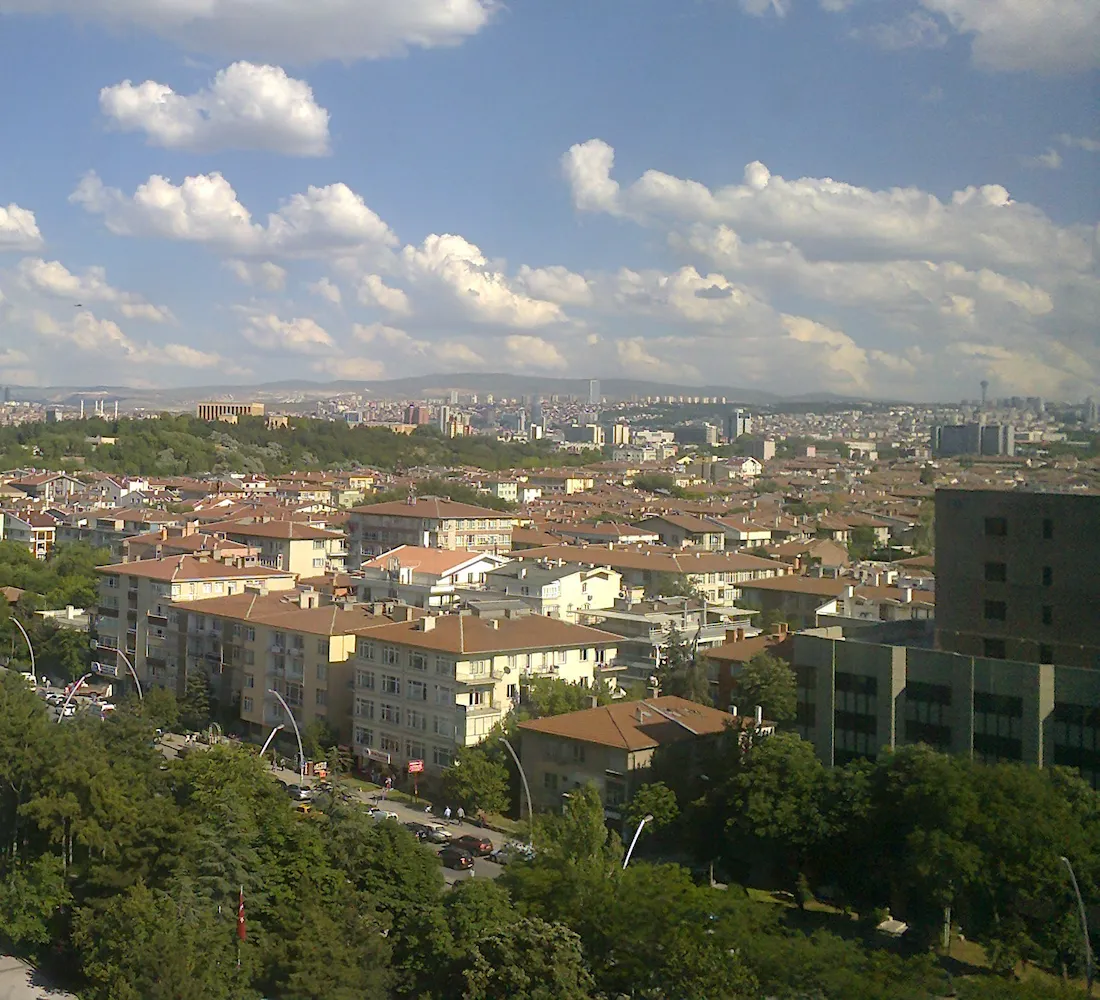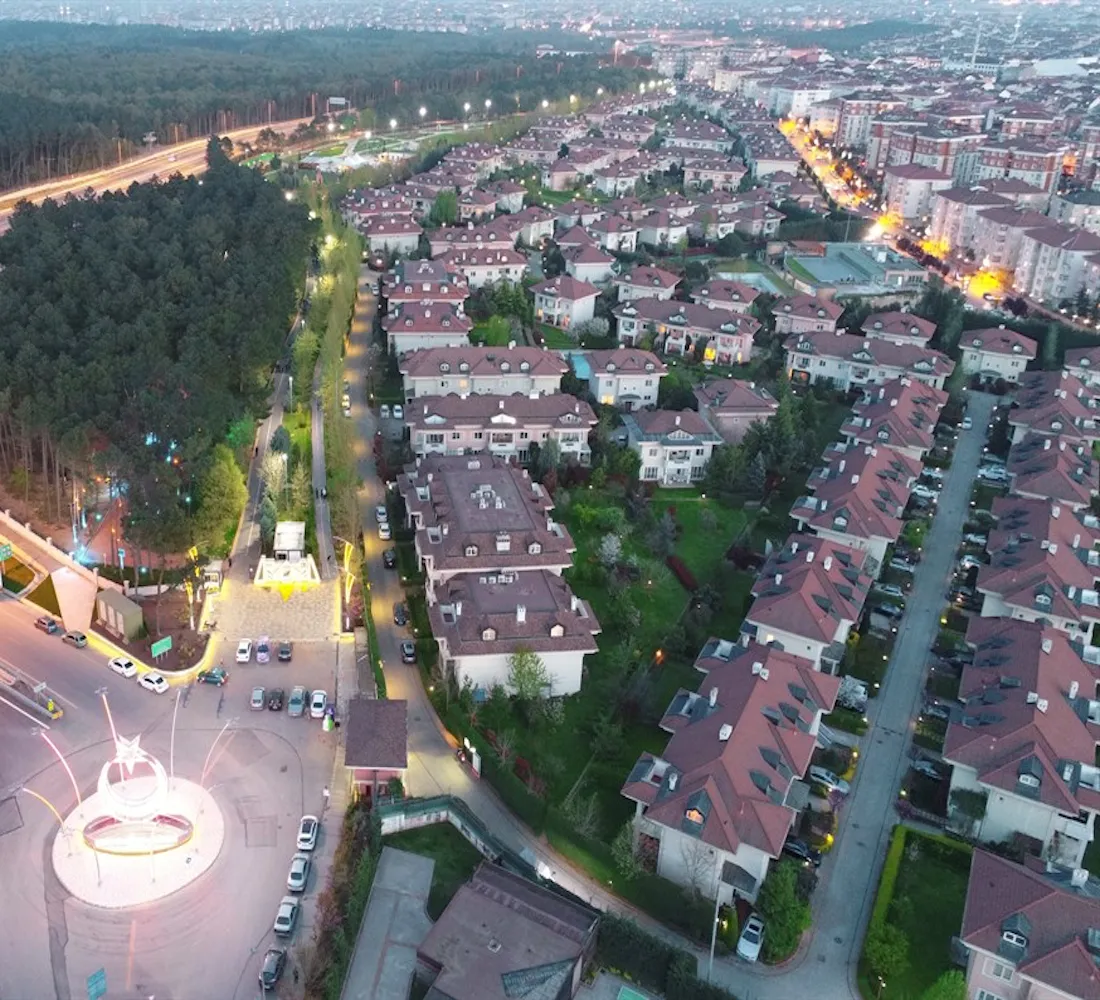Exploring Turkey's Islamic heritage is one of the most culturally and spiritually enriching experiences for travelers and history buffs alike. Turkey embraces a rich Islamic legacy embodied in ancient, towering mosques and historical Ottoman religious schools that narrate chapters of a civilization that spanned centuries.
In this article titled "Exploring Turkey's Islamic Heritage: Ancient Mosques and Schools," we take you on a comprehensive tour, introducing you to the Islamic monuments in Turkey and highlighting the Ottoman Islamic architecture that still adorns cities such as Istanbul, Bursa, Edirne, and Ankara.
We will also review the most prominent historical mosques in Istanbul and delve into the history of Islamic schools in Turkey that contributed to the creation of a unique scientific and cultural identity.
This article serves as a guide to visiting ancient mosques and schools in Turkey, for anyone who loves exploring the Ottoman Islamic heritage and wishes to delve into the worlds of archaeological mosques and schools in Turkey, which still pulsate with the spirit of Islam and the grandeur of the Ottoman Empire.
Exploring Turkey's Islamic Heritage Through the Ages
Beginnings of Islamic Architecture in Anatolia
The Islamic heritage in Turkey dates back to the pre-Ottoman period, where the early Seljuks founded many of the ancient mosques in Turkey, particularly in Konya and Sivas, using the Seljuk architectural style characterized by simplicity and precision in stone decoration.
Ottoman Influence on the Religious Landscape
With the rise of the Ottoman Empire, Ottoman Islamic architecture flourished as never before. Ottoman mosques and schools emerged with massive domes, towering minarets, and decorations that combine Islamic and Byzantine arts.
Exploring Turkey's Islamic heritage involves understanding these architectural and intellectual transformations that accompanied each era.
Prominent Historical Mosques in Istanbul
Sultan Ahmed Mosque (The Blue Mosque)
- It is considered one of the most prominent historical mosques in Istanbul and was built between 1609 and 1616.
- The mosque features six minarets and a large inner dome, and it is an important symbol of the Ottoman Islamic heritage in Turkey, visited daily by thousands of visitors interested in visiting the historical mosques in Istanbul.
Süleymaniye Mosque
- An architectural masterpiece executed by the Ottoman architect Sinan by order of Sultan Suleiman the Magnificent.
- The mosque not only includes a place of prayer, but also Ottoman religious schools, a library, and a hospital, making it an integrated center of science and religion.
- The mosque represents a wonderful example of the integration of Islamic monuments in Turkey into daily life.
Ottoman Islamic Schools and their Scientific Role
Development of Ottoman Religious Schools
Ottoman Islamic schools contributed to the formation of an intellectual and scientific elite in the Ottoman Empire. These schools taught jurisprudence, hadith, Arabic language, medicine, and philosophy.
They extended from Istanbul to eastern Anatolia and were an important focus in the history of Islamic schools in Turkey.
Their Position in the Turkish Cultural Map
Many Ottoman religious schools have been restored and transformed into museums or cultural centers, making them Islamic heritage sites in Turkey open for visitors.
Among them are the "Kara Mustafa Pasha Madrasa" and the "Sultan Bayezid Madrasa" in Edirne, which are major destinations for anyone wishing to explore Turkey's Islamic heritage.
A Tour of Turkey's Historical Mosques
Turkish Cities Embracing Archaeological Mosques
The tour is not limited to Istanbul alone, but includes Bursa, Edirne, Trabzon, and Konya. Each city includes a number of ancient mosques in Turkey that reflect different architectural styles and form an important element in a tour of Turkey's historical mosques.
Andalusian Mosques and Schools in Turkey
Although the Andalusian heritage was not direct, some mosques and schools in Turkey were influenced by the arts of the Andalusians who sought refuge in the Ottoman Empire.
These details appear in the decorations and arches in some Andalusian mosques and schools in Turkey, especially in the southern and western regions.
Islamic Monuments in Turkey: Between Spirit and Art
Islamic monuments in Turkey form living artistic paintings, from Kufic and Thuluth Arabic calligraphy to the floral and geometric decorations that adorn the walls of mosques and schools.
Every inscription, every dome, and every ceramic tile tells part of the story of the Ottoman Islamic heritage in Turkey and embodies the interaction between beauty and spirit.
A Guide to Visiting Ancient Mosques and Schools in Turkey
Best Times to Visit
It is advisable to visit the archaeological mosques and schools in Turkey during April and May or September and October, as the weather is mild and the crowds are smaller. For those who love photography or contemplation, dawn or sunset prayers offer an unforgettable visual spiritual experience.
Tips for Respecting the Place
When visiting the historical mosques in Istanbul or any Turkish city, it is essential to wear modest clothing, take off shoes upon entering, and refrain from taking pictures during prayer times. Maintaining the sanctity of the place enhances the experience of exploring Turkey's Islamic heritage in a respectful manner.
A Tourist Tour of Ottoman Schools
A Unique Cultural Experience
A tourist tour of Ottoman schools is a journey into the minds of scholars, where you can see ancient places of study, libraries, and classrooms that were teeming with students of science. These schools represent the essence of Ottoman Islamic schools that contributed to the development of Islamic thought in the world.
Recommended Sites to Visit
Among the most important sites are the Sultan Bayezid Madrasa in Edirne, the Rüstem Pasha Madrasa in Istanbul, and the Suleiman Pasha Madrasa in Bursa. All of these are included in suggested itineraries in the guide to visiting ancient mosques and schools for those interested in cultural and religious tourism.
Ottoman Islamic Architecture: The Language of Stone and Decoration
Unique Architectural Features
Ottoman Islamic architecture is characterized by visual and spiritual balance, where lighting, water, and spaces play an artistic and spiritual role. The graceful minarets, high arches, Iznik tiles, and stained glass windows distinguish these archaeological mosques and schools in Turkey.
Symbolism of Religious Construction
Every corner of the mosque or school embodies a deep vision of the relationship between man and his Creator. The architectural design highlights the importance of worship and science, which makes exploring Turkey's Islamic heritage more than just a visit, but an intellectual and spiritual journey.
World-Registered Islamic Heritage Sites in Turkey
Mosques and Schools on the UNESCO List
World-registered Islamic heritage sites in Turkey include the Selimiye Mosque in Edirne, the Sultan Ahmed Complex, and the Sultan Selim Madrasa in Istanbul. Their inclusion on the UNESCO list enhances their historical and cultural significance.
Protection and Sustainability of this Heritage
The Turkish Ministry of Culture is working to restore many of the ancient mosques in Turkey and schools, and allocating budgets to protect them. These sites are also used in educational and religious tourism within the itineraries of exploring Turkey's Islamic heritage.
Frequently Asked Questions: Exploring Turkey's Islamic Heritage: Ancient Mosques and Schools
+
What are the most prominent historical mosques in Turkey that are recommended to visit ?
Among the most prominent are the Sultan Ahmed Mosque, the Süleymaniye Mosque, the Fatih Mosque, the Selimiye Mosque in Edirne, all of which reflect Ottoman Islamic architecture.
+
Are Ottoman Islamic schools still operating today ?
Some Ottoman Islamic schools operate as cultural centers or museums, displaying manuscripts and religious books dating back centuries.
+
What is the difference between "Cami" and "Mescit" (both translated as Mosque) in the Turkish context ?
"Cami" in Turkey refers to the large congregational mosque where Friday prayers are held, and is often accompanied by educational facilities such as Ottoman religious schools.
+
Are there mosques and schools with an Andalusian character in Turkey ?
Yes, especially in southern Turkey such as Antalya and Mersin, where Andalusian influences appear in the Andalusian mosques and schools in Turkey.
+
How can a tour to visit the Islamic heritage in Turkey be arranged ?
A tourist tour of Turkey's historical mosques can be organized through specialized tourism companies or through the guide to visiting ancient mosques and schools available online or at tourism centers.
Conclusion: Exploring Turkey's Islamic Heritage: Ancient Mosques and Schools
Exploring Turkey's Islamic heritage: ancient mosques and schools is not just a journey between ancient stones, but a journey within an Islamic civilization that has left its mark on every corner of Turkish cities.
From the most prominent historical mosques in Istanbul to the Ottoman Islamic schools that have produced generations of scholars, the Ottoman Islamic heritage in Turkey remains a source of inspiration for Muslims and researchers around the world.
We invite you to experience visiting the historical mosques in Istanbul and embark on a tourist tour of Ottoman schools to discover for yourself the beauty of Ottoman Islamic architecture and the depth of the history of Islamic schools in Turkey.
For every corner, every dome, and every old book will take you to a time when knowledge and faith were two sides of one civilizational coin.






